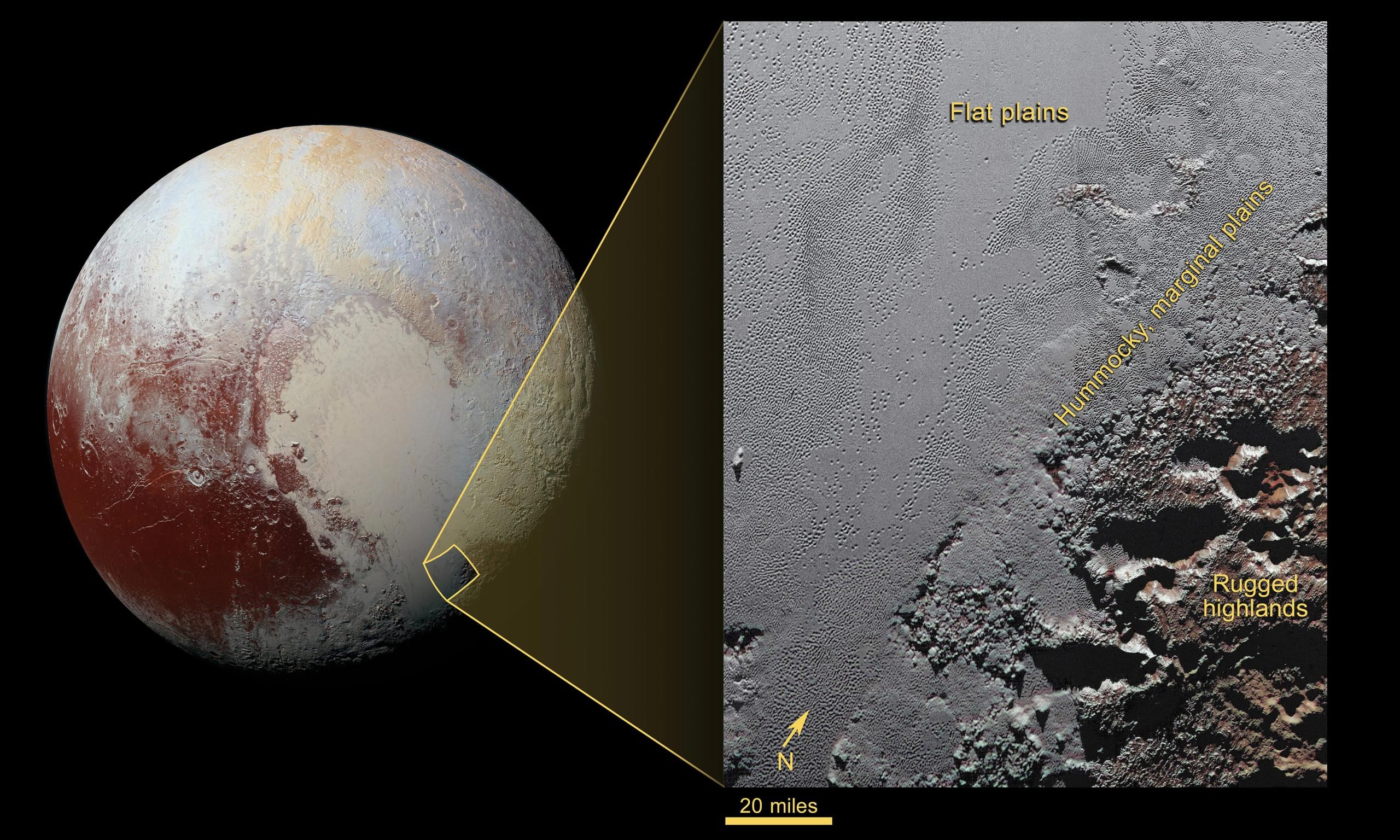

“Soot Planets instead of Water Worlds”, by Jie Li and colleagues, released in August 2025, disputes common beliefs regarding the characteristics of numerous low-density exoplanets. Those worlds previously considered water worlds (comprised of rock and significant quantities of water ice) may actually derive their low densities from substantial amounts of refractory carbon, referred to as soot in astrophysical terms.
According to the model presented in the study, planets developing beyond the so-called “soot-line” within the protoplanetary disc can gather a notable volume of organic carbon in solid state, while water ice remains unstable. This new categorization questions established beliefs concerning the prevalence and makeup of planets akin to the oceanic world located 100 light-years from Earth. This implies that numerous sub-Neptune and mini-Neptune planets might be inaccurately categorized based on simplistic rock and water models. In addition to their compositional ramifications, soot planets pose new inquiries regarding atmospheric chemistry, internal dynamics, and even habitability. If carbon-rich solids are more prevalent than icy volatiles, the universe might contain a greater number of dark, organic-rich worlds than previously thought.
Soot planets represent a newly introduced category of exoplanets primarily composed of refractory organic carbon, a tar-like substance that contains carbon, hydrogen, oxygen, and nitrogen, often abbreviated by scientists as CHON. This soot differs from the dark residue produced by combustion on Earth; it consists of a complex amalgam of carbon compounds that can endure considerably higher temperatures than water ice. Consequently, soot can remain solid in areas of space where ice would rapidly melt and vaporize.
The conception of soot planets stems from the observation that many <a href="https